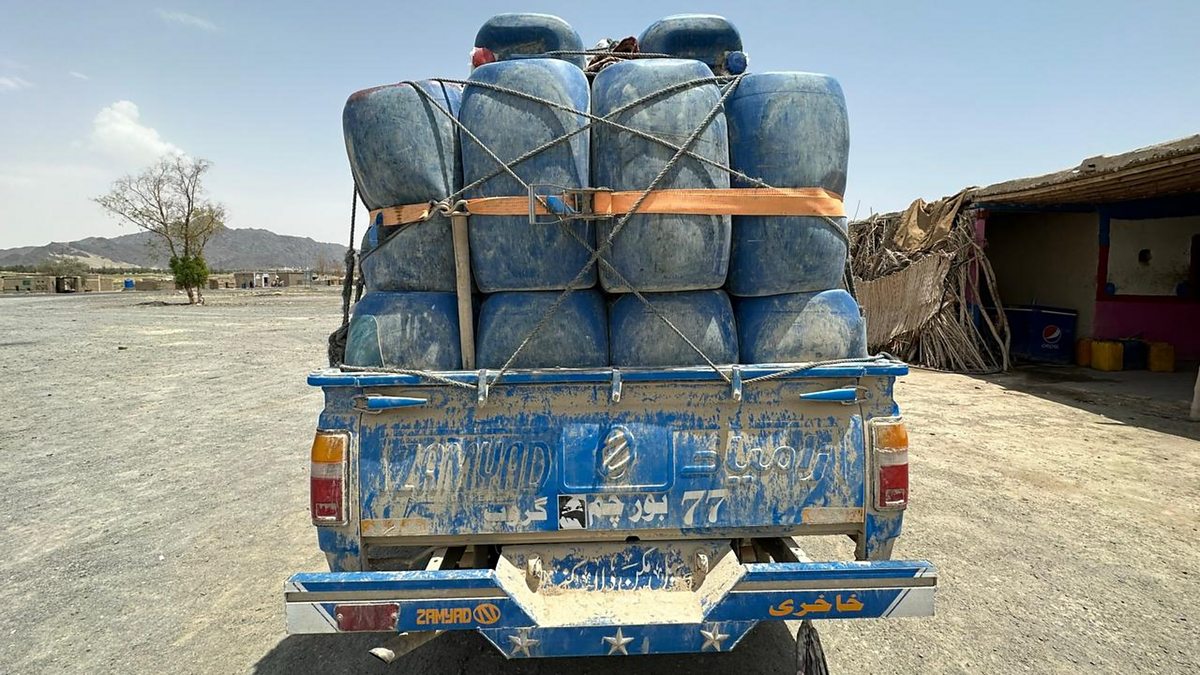
Introduction
The R12 trillion economy envisioned by Investec CEO Fani Titi has become one of South Africa’s most discussed economic ideas in recent months. His op-ed, published amid G20 talks, argues that the country’s GDP could expand from R7.5 trillion to R12 trillion—if deep reforms in energy, education, and governance are implemented.
Titi’s analysis is more than corporate optimism; it is a challenge to policymakers. He believes South Africa has the people, capital, and resources to break out of low growth—but only if government and business work together. The R12 trillion figure is symbolic: it represents a turning point between managed decline and renewal.
R12 Trillion and the Case for Structural Reform
For South Africa to reach R12 trillion, structural reform is the first, non-negotiable condition. The economy’s foundation—energy, logistics, education, and governance—has weakened over decades of under-investment.
Structural reform means tackling bottlenecks in these areas. Power supply must become reliable, rail and ports must be modernised, and government must improve delivery capacity. Titi stresses that reforms should not be theoretical—they must lead to measurable growth in output and employment.
If implemented effectively, such reforms could lift long-term growth from around 1 percent to 3 percent or more. Over a decade, that difference compounds into trillions of rand in extra GDP.
R12 Trillion and the Energy Revolution
Energy is the anchor of the R12 trillion goal. Rolling blackouts have cost South Africa an estimated 4 to 6 percent of GDP annually, according to industry analysts. Without stable energy, no sector can grow sustainably.
Titi supports private sector participation in generation and grid infrastructure. This includes investment in renewables, gas, and modern transmission networks. He calls for faster approvals for independent power producers and a clear regulatory framework for feed-in tariffs and grid access.
Energy reform is not just about electricity—it’s about restoring confidence. Every megawatt of new capacity creates jobs, encourages manufacturing, and makes exports competitive again.
R12 Trillion and the Human Capital Imperative
Skills development will determine whether the R12 trillion target is achievable. South Africa’s education outcomes remain weak, especially in maths, science, and literacy.
Titi argues that reforming the education and training pipeline is as urgent as fixing Eskom. Schools must produce learners who can think critically and solve real-world problems. Technical colleges and universities must align with labour-market needs—especially in digital technology, engineering, and logistics.
Private companies also need to expand internships and apprenticeships. A growing economy requires skilled hands, not only policies on paper. Without human capital, investment will underperform, and growth will remain uneven.
R12 Trillion and Investment Confidence
To build a R12 trillion economy, private investment must rise sharply. For years, investors have held back capital because of political uncertainty, red tape, and inconsistent policy enforcement.
Titi calls for predictable regulations and efficient public-private partnerships. Investors need to know that South Africa is serious about property rights, transparency, and contract enforcement.
He points out that once confidence returns, “capital follows certainty.” Large financial institutions, including Investec itself, are ready to fund infrastructure, manufacturing, and technology if the investment environment stabilises.
Boosting private investment from 14 percent of GDP to 20 percent could add hundreds of billions of rand to annual output.
R12 Trillion and Public Finances
Fiscal discipline is another pillar of the R12 trillion vision. South Africa’s budget pressures have grown as debt service costs absorb more revenue. Titi argues that government must shift from funding consumption to funding growth.
That means cutting waste, improving procurement, and reducing corruption. Expanding the tax base—by creating jobs and formalising small business activity—is more sustainable than raising tax rates.
Stronger growth would generate more revenue, allowing government to stabilise debt and invest in infrastructure. Fiscal credibility would lower borrowing costs, freeing funds for education and healthcare.
R12 Trillion and the Role of Business
Business is both a partner and a catalyst in achieving R12 trillion. Titi believes corporate South Africa must move beyond criticism and become actively involved in reform execution.
This includes co-funding energy projects, mentoring small enterprises, and working with municipalities to improve basic services. Business coalitions can drive local initiatives faster than national bureaucracy alone.
However, he also cautions government to trust business by reducing political hostility and involving it in decision-making. Public-private collaboration, when structured properly, can rebuild both infrastructure and confidence.
R12 Trillion and Global Positioning
The R12 trillion debate arrives as South Africa redefines its global economic role. G20 participation and BRICS membership give the country visibility but also scrutiny. Investors and rating agencies are watching whether rhetoric turns into reform.
Titi’s projection offers a message of ambition at a time of global slowdown. If South Africa can prove that reform works, it could attract long-term capital seeking emerging-market diversification.
In addition, aligning with global sustainability goals—green finance, renewable energy, and fair trade—could open new export and funding opportunities. A credible growth narrative is the best diplomacy South Africa can offer right now.
R12 Trillion and Social Inclusion
A R12 trillion economy must lift all citizens, not only shareholders. Inclusive growth is central to Titi’s framework. Job creation at scale would reduce dependence on social grants and increase consumer spending.
That requires targeted support for small businesses, township entrepreneurs, and women-owned enterprises. Infrastructure and procurement policies should channel funds into local production and youth employment.
If growth remains exclusive, political resistance will rise and social instability will threaten progress. Inclusion is therefore not charity—it is a prerequisite for long-term stability and sustained GDP expansion.
FAQs
How realistic is the R12 trillion economy?
The R12 trillion target is realistic over a decade if South Africa lifts average growth above 2.5 percent and maintains policy consistency.
What are the biggest obstacles to R12 trillion?
Key obstacles to R12 trillion include energy shortages, weak governance, slow reform, and lack of investor confidence.
Why is inclusive growth central to R12 trillion?
Inclusive growth ensures that the R12 trillion expansion benefits more citizens, strengthening demand and long-term political stability.
Conclusion
The R12 trillion vision is more than a number—it is a benchmark for national ambition. Fani Titi’s argument is that South Africa’s economic renewal will not come from slogans but from discipline, partnership, and execution.
If government restores energy stability, builds skills, reforms logistics, and works with business, the economy could grow fast enough to double its size within a generation.
The R12 trillion goal is not guaranteed, but it is achievable. It represents a future in which South Africa’s growth is broad, inclusive, and powered by reform rather than rhetoric.


